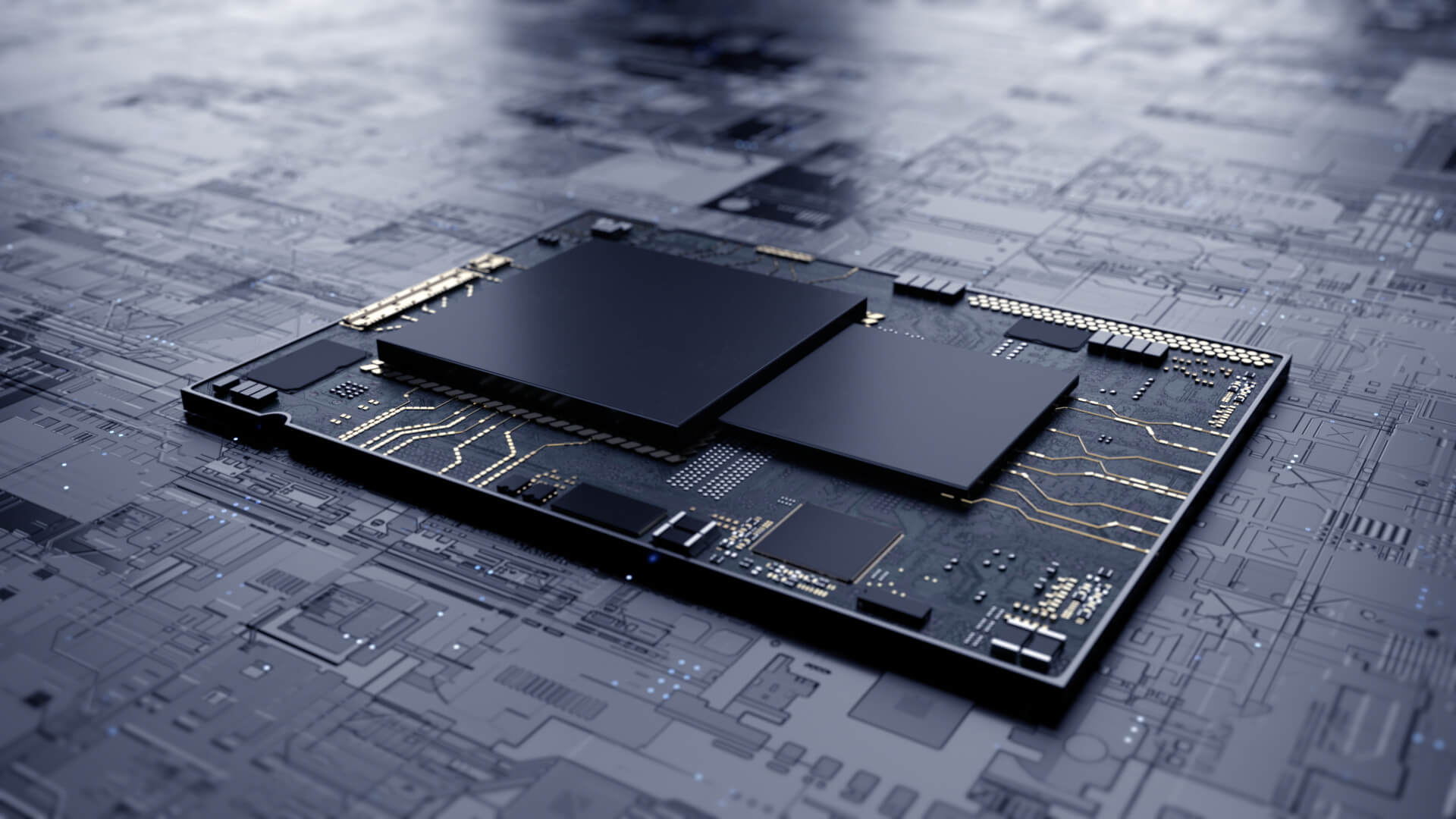By Bob O’Donnell, President, TECHnalysis Research on behalf of Lattice Semiconductor
The automotive industry has seen massive development in recent years – from the growth of electric cars to the birth of self-driving vehicles. Part of this innovation can be attributed to the use of semiconductors in both electric and hybrid models as well as SUVs and minivans equipped with smart technology like sensors, touch screens, and cameras.
One semiconductor that has shown great success for the automotive industry are Field Programmable Gate Arrays (FPGAs). The most technically advanced car can have up to 12 FPGAs inside them that all perform a varying degree of functions. From interactive dashboards to driver assistance systems, FPGAs are utilized throughout vehicle designs and are making cars smarter than ever before.
The Power of FPGAs
There are three ways that FPGAs are helping to drive innovation and intelligence in the automotive industry: their ability to work across zonal architectures, their low latency signal processing and analytics performance, and by boosting security and resiliency.
As more technology is added to vehicles, automotive designs have shifted to zonal architectures. Think of these as different computing “zones” throughout a car that relay back to a main computing component, usually a system on chip (SoC). FPGAs are able to work across these different zones to route the signal from various cameras or sensors back to the SoC. By multiplexing the signals together and then separating, or demultiplexing, them, FPGAs serve as a bridge that allows for much more complex designs to be executed.
Second, FPGAs are making cars smarter through their low latency signal processing and analytics performance at a highly consistent rate. This reliability is critical for a car’s performance, particularly for real-time based applications like ADAS. Utilizing hybrid or electric vehicles as an example, FPGAs can support high performance pulse with modulation (PWM) which allows PWM to be used for fine-tuned motor control and power conversion. This, ultimately, helps to extend the range of vehicles by maximizing power and efficiency.
Lasty, FPGAs bring increased safety and resilience to vehicles. As technology becomes more advanced, consumers need to be assured that their IoT connected vehicles cannot be tampered with. Security-grade FPGAs are used as a hardware Root of Trust for secure control in automotive applications, meaning FPGAs can self-authenticate the integrity of its firmware and other devices that work alongside it.
Further, with this boom in automotive advancements, the industry is requiring more regulatory safety standards in a vehicle. For example, ISO 26262 requires vehicles to comply with the physical demands of the road, like extreme temperatures, and have accompanying software that operates in a continuous and safe fashion. FPGAs can run ISO 26262 and meet the necessary standards.
A Future with FPGAs
With the automotive industry advancing every day, FPGAs are key tools that not only make your car smarter and safer, but also enable more capabilities than ever before. Perhaps the most flexible and reliable component on the market today, FPGAs are the future of the automotive industry and will play a big role in driving the smart car boom.

